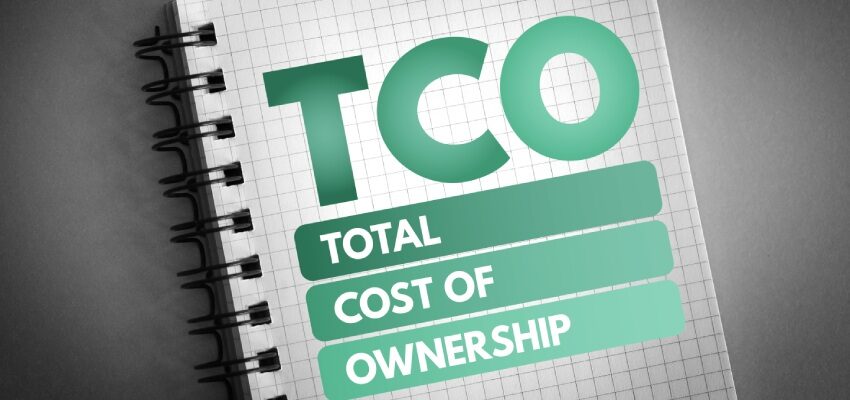
Investigating the impact of transformer capitalization factors on the carbon footprint
Transformers are one of the most efficient components in the electricity transmission and distribution network at efficiency values greater than 99 %.
byDr Bhaba P. Das, Rob Milledge, Ghazi Kablouti

Transformers are one of the most efficient components in the electricity transmission and distribution network at efficiency values greater than 99 %. As there are millions of transformers installed world-wide, around 5 % of global electricity is being consumed by transformers due to no-load and load energy losses [1], resulting in 732 million tons of CO2 emissions during 2020. Given the projected increase in electricity generation and consumption over the following decades, energy losses in transformers are also expected to grow by more than 60% by 2040 in case there are no changes in current energy specifications [1]. There is a significant risk of inaction if the procurement pro-cesses are not updated: lock-in decades of energy waste, given the transformers operate non-stop for 30–40 years of their service life. Any efficiency gain has a multiplier effect, which is why energy efficiency is one of the main drivers in transformer technology evolution and the main lever for decarbonizing electricity transmission and distribution (T&D) systems.
Many end users claim that the evaluation of transformers based on the purchase price is not enough during the procurement process, and the loss evaluation procedure is now well established across end users in many countries. This is now evident by the fact that the Total Cost of Ownership (TCO) method is a standard practice in the industry [2], [3]. The TCO method enables the purchase cost-optimized transformer design that will be installed and operated for many years. The TCO formula considers the purchase price (PP) and cost of losses during the transformer lifetime by specifying the No Load Capitalization Factor (A) and Load Capitalization Factor (B) [3]. It must be kept in mind that TCO is not used to minimize transformer losses but to minimize the investment required to obtain the greatest energy savings for the least cost arising from optimal transformer design. This method yields transformer designs whose losses are economically optimal but not necessarily minimal.







